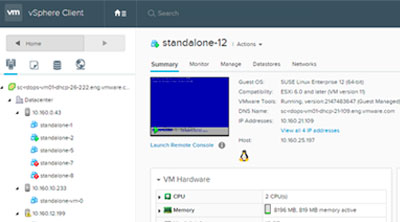VMware has been working towards HTML5 transition, which have become the official interfaces for their respective components. This is the case of Platform Services Controller UI, vCenter Server Appliance Management UI and Host Client. The last one to change its management interface was vCenter Server. Now it’s vSphere Client for Windows’s turn.
For further information on the new client and how to perform transition have a look at VMware vSphere blog







0 Comments